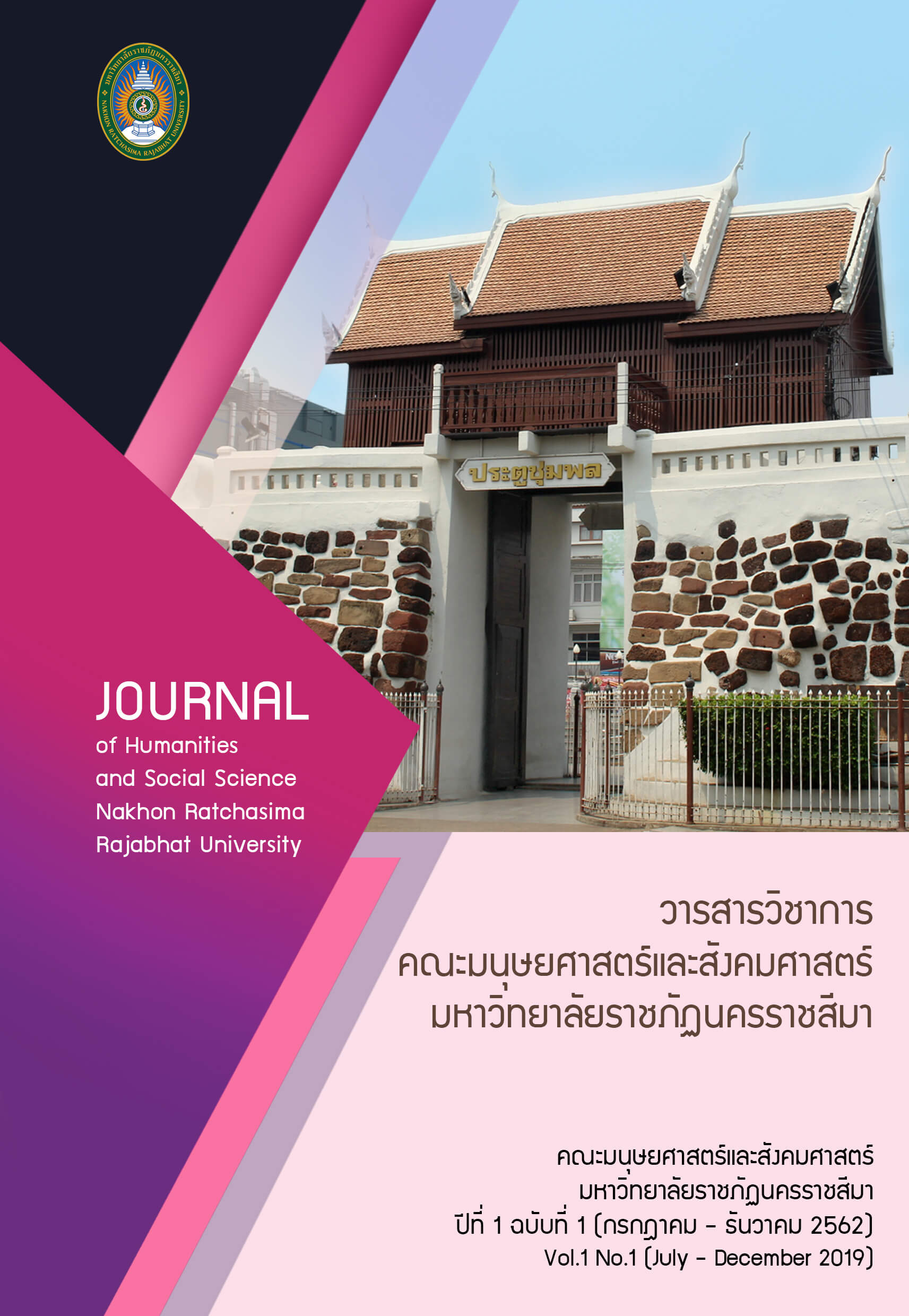LEGAL PROBLEMS REGARDING EUTHANASIAAND RIGHT TO DIE
Keywords:
Legal issues, Euthanasia, Right to dieAbstract
The purpose of this research is to studyconcepts and theories about reserving euthanasia for patient, to compare Thai and foreign laws reserving euthanasia and to define appropriate criteria and scope of euthanasia for patients and refusal of medical treatment. Documentary research method by analyzing qualitative data was conducted in this research.
According to the study of theoretical concepts of euthanasia, Thai society does not accept active euthanasia.Since active euthanasiais against morality and emic. According to
the comparative study between Thai and foreign lawit is found that active euthanasiais prohibited under Thai law. However, Article 12 of National Health Act 2007 provided that a person shall have the right to make a living will in writing to refuse the public health service which is provided merely to prolong his/her terminal stage of life or to make a living will to refuse the service as to cease the severe suffering from illness.On the other hand euthanasia is permitted by some foreign laws such as laws of as Netherlands, Belgium and Switzerland. Main issue concerning scope of refusal of medical treatment and performing euthanasia is the patient should have the right to decideand exercise such right.Euthanasia can be done in case to the patient’s request to the medical practitioner with the following conditions; the patient must be suffering from incurable disease the medical practitioner must agreethat the patient is incurable and the patient’s death is inevitable and the patient and family must give consent. In case such conditions are met, the medical practitioner can perform euthanasia for patient and will be exempted form criminal offence.
References
กมลชัย รัตนสกาววงศ. (2553). ความยินยอมในกฎหมายอาญา. วิทยานิพนธปริญญามหาบัณฑิต สาขานิติศาสตร. มหาวิทยาลัยธรรมศาสตร.
เกียรติขจร วัจนะสวัสดิ์. (2551). คําอธิบายกฎหมายอาญา ภาค 1. (พิมพ ครั้งที่ 10). กรุงเทพมหานคร: พลสยาม พริ้นติ้ง.
จิตติ ติงศภัทิย. (2536). คําอธิบายประมวลกฎหมายอาญา ภาค 1. (พิมพ ครั้งที่ 9). กรุงเทพมหานคร: สํานักอบรมกฎหมายแหงเนติบัณฑิตยสภา.
__________. (2553). คําอธิบายประมวลกฎหมายอาญา ภาค 2 ตอน 2 และภาค 3. (พิมพ ครั้งที่7).กรุงเทพมหานคร: สํานักอบรมกฎหมายแหงเนติบัณฑิตยสภา.
ชาญชัย วสันตยานนท. (2551). การุณยฆาตกับสังคมไทย. ภาคนิพนธปริญญามหาบัณฑิต สาขาวิชาการปกครอง. มหาวิทยาลัยธรรมศาสตร.
นฤมล มารคแมน. (2527). ปญหาจริยธรรมอันเกี่ยวเนื่องกับการุณยฆาต. วิทยานิพนธปริญญามหาบัณฑิต สาขาวิชาอักษรศาสตร. จุฬาลงกรณมหาวิทยาลัย.
นันทน อินทนนท. (2545). ‘สิทธิที่จะตาย’ ในตายอยางมีศักดิ์ศรี มาตรา 24 ราง พ.ร.บ. สุขภาพแหงชาติ.กรุงเทพมหานคร : สํานักงานปฏิรูประบบสุขภาพแหงชาติ.
บรรเจิด สิงคะเนติ. (2544).สารานุกรรมรัฐธรรมนูญแหงราชอาณาจักรไทย พ.ศ. 2540. หลักพื้นฐานของสิทธิเสรีภาพ และศักดิ์ศรีความเปนมนุษย.กรุงเทพมหานคร: องคกรการคาของคุรุสภา.
ประพัฒนพงศ สุคนธ. (2529). การยกเวนความรับผิดในการทําใหผูปวยตายดวยความสงสาร. วิทยานิพนธปริญญามหาบัณฑิต สาขาวิชานิติศาสตร. จุฬาลงกรณมหาวิทยาลัย.
ประเวศ วะสี. (2536). บนเสนทางชีวิต. (พิมพ ครั้งที่ 4). กรุงเทพมหานคร: หมอชาวบาน.
ปติพร จันทรทัด ณ อยุธยา. (2546). ตายอยางมีศักดิ์ศรี. กรุงเทพมหานคร:สํานักงานปฏิรูประบบสุขภาแหงชาติ. วิไลวรรณ ไชยรัตนมโนกร. (2540). แนวคิดดานกฎหมายและการยอมรับของนักกฎหมายตอการทําใหผูปวยสิ้นหวังตายอยางสงบ. วิทยานิพนธสาธารณสุขมหาบัณฑิต สาขาวิชาสาธารณสุข. คณะสาธารณสุขศาสตรมหาวิทยาลัยมหิดล.
สันต หัตถีรัตน. (1 ตุลาคม 2548). “ชีวิตแลชีวิต”. มติชนรายวัน. มปล. สุจิตา รณรื่น. (2527). ศาสนาเปรียบเทียบ. กรุงเทพมหานคร: หางหุนสวนธนการพิมพ.
สุรินรัตน แก(วทอง. (29 สิงหาคม 2559). “สิทธิที่จะตายในบริบทกฎหมายไทย.”. คม ชัด ลึก. หนา 2.
แสวง บุญเฉลิมวิภาส. (2552). หนังสือแสดงเจตนาเกี่ยวกับการรักษาพยาบาลในวาระสุดทายของ ชีวิต ในหนังสือ กอนวันผลัดใบ : หนังสือแสดงเจตนาการจากไปในวาระสุดทาย. (พิมพ ครั้งที่ 2). กรุงเทพมหานคร: สํานักงานคณะกรรมการสุขภาพแหงชาติ.

